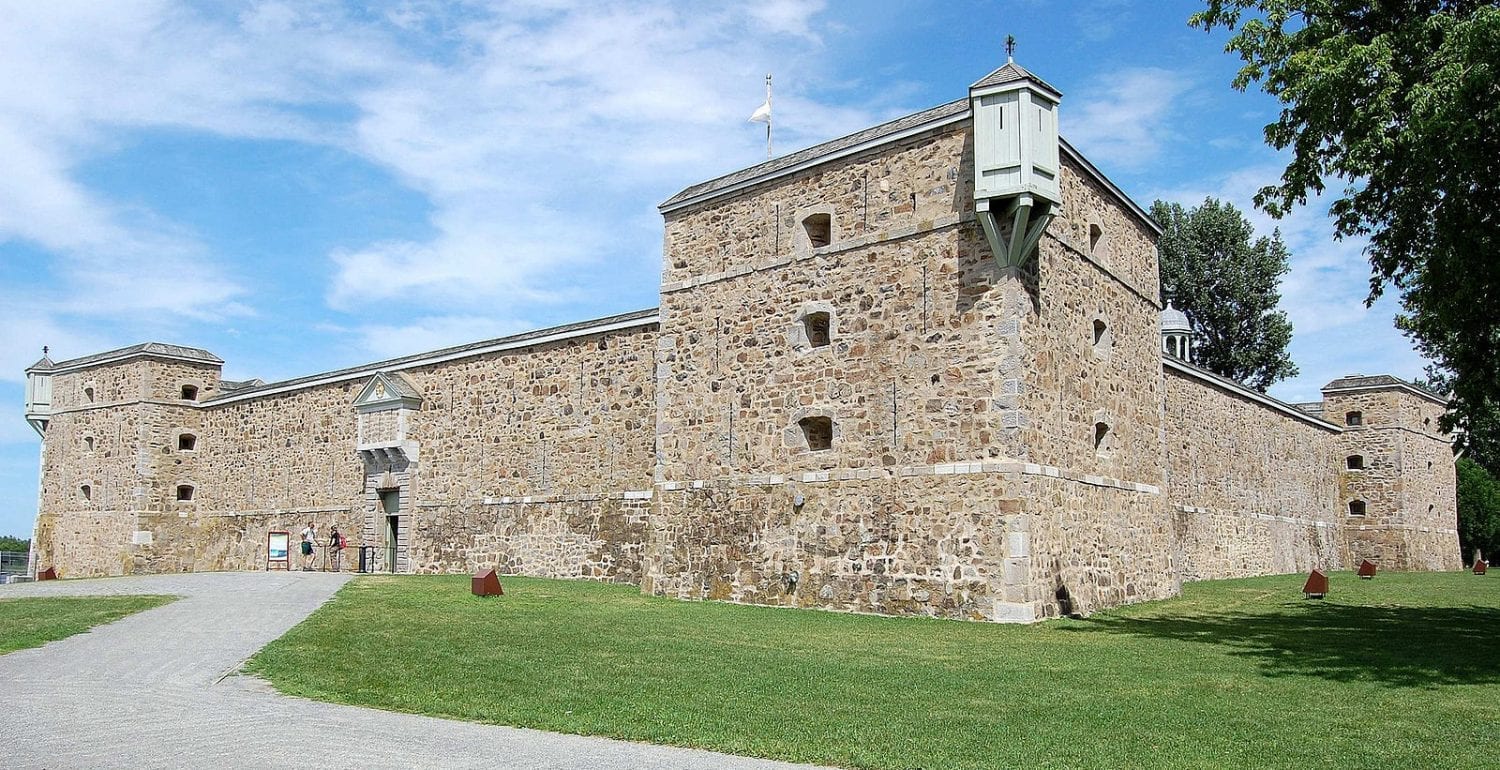Two good reasons to celebrate history in Chambly

The Fort Chambly and Chambly Canal national historic sites are located side by side at the foot of the raging Richelieu River rapids in Chambly. These two heritage sites managed by Parks Canada do not date from the same historical period, but they are both the result of the use of the Richelieu River as a channel of communication. Fort Chambly reveals the strategic importance of the river between the 17th and 19th centuries. It is also one of the first military buildings in Canada slated for conservation thanks to visionary journalist Joseph-Octave Dion. The Chambly Canal sheds light on the intense commercial activity between Canada and the United States along the Richelieu River in the 19th and 20th centuries. It and the Rideau Canal in Ontario are the only working canals in Canada to have preserved their original route and structures, as well as mechanisms dating from the beginning of the 20th century, in particular those used to manually open and close the locks.
To learn more…
Fort Chambly at the time of New France
Three seasons of archeological digs of the entire fort and adjacent land up to 10 metres from the boundary walls conducted in 1976–1978 unearthed a large number of artifacts from successive periods of occupation between 1665 and 1860. The most interesting findings are exhibited inside the fort, including a small faience coffee pot dating from the French Regime, the only one in Canada to have been found intact. Other objects used in everyday life in New France are also exhibited, and are enhanced by models, three-dimensional recreations, sound clips and interactive terminals.
The current stone fort has been restored to what it looked like in 1711. The governor of New France at the time, Philippe de Rigaud Vaudreuil, ordered the construction of the stone fort to replace the three previous wooden forts in an effort to block the passage of British troops from New England. Guides explain the fort’s architecture and defences. Inside, they describe the lifestyle of the Compagnies Franches de la Marine soldiers stationed at the fort in the 18th century. Musket firing demonstrations take place regularly. Visitors who are interested can don a Compagnie Franches de la Marine soldier’s uniform.
Joseph-Octave Dion’s passion for Fort Chambly
One of the fort’s exhibitions focuses on journalist Joseph-Octave Dion, who devoted 50 years of his life to promoting the building. In 1866, he returned to his home town after working in Montreal for a few years. He did everything he could to save the fort, which was rapidly deteriorating after it had fallen into disuse in 1860. He launched several subscriptions, organized guided tours and published a history of the fort in 1875. Finally, in 1881, the Quebec government granted $1,000 for the fort’s overhaul; Dion was appointed to oversee the work. In 1886, he moved into the fort as its guardian, and remained there until his death in 1916. Five years later, the federal government declared Fort Chambly a National Historic Park, one of the first protected heritage sites in Canada.
The Chambly Canal
The Chambly canal was dug by men and horses between 1831 and 1843, in the golden age when canals were considered the best way to develop trade along navigable waterways. They were a way of avoiding natural obstacles such as rapids. For a century, large quantities of wood, hay, grain, paper pulp and coal passed through the Chambly Canal between Quebec and the New England states, transforming Saint-Jean-sur-le-Richelieu, at the other end of the 20-kilometre-long canal, into one of the most important inland ports in Canada.
At the beginning of the 20th century, faced with the enormous cost of widening and modernizing the canal, the authorities decided to limit their interventions to a few repairs. As a result, Chambly Canal is today an almost unique example of 19th-century maritime transportation technology. Today it is used almost exclusively for pleasure boating, facilitating the passage of some 6,000 boats a year between the St. Lawrence River and Lake Champlain. Its towpath, along which teams of horses pulled barges loaded with merchandise, is now a bicycle path. In collaboration with Parks Canada, Friends of the Chambly Canal offers an explorer circuit kit informing the public about the hand-operated locks and some of the swing bridges spanning the canal. The kit also highlights the amazingly well-preserved lockstation cabins.
Historical significance of the Richelieu River
In the first years of New France, the Richelieu River was known as the Iroquois River, because this is the route the Iroquois usually took to travel from their lands to the St. Lawrence River. In 1609, Champlain was the first Frenchman to follow the river to the lake he named Lake Champlain. He helped the Hurons, Algonquins and Montagnais, whom he had befriended in their fight against the Iroquois, thereby taking a position in the conflict between the nations. That is how the French and the Iroquois became enemies.
In 1666, troops sent by Louis XIV to crush the Iroquois naturally took up position along the Richelieu River. Officer Jacques de Chambly oversaw the construction of one of the five wooden forts erected that year. After a peace treaty was reached between the French and the Iroquois in 1667, some 500 French officers and soldiers remained in New France, including Jacques de Chambly, who was granted a seigneurie that included the fort whose construction he had supervised. It is in his memory that the municipality of Chambly is so named.





